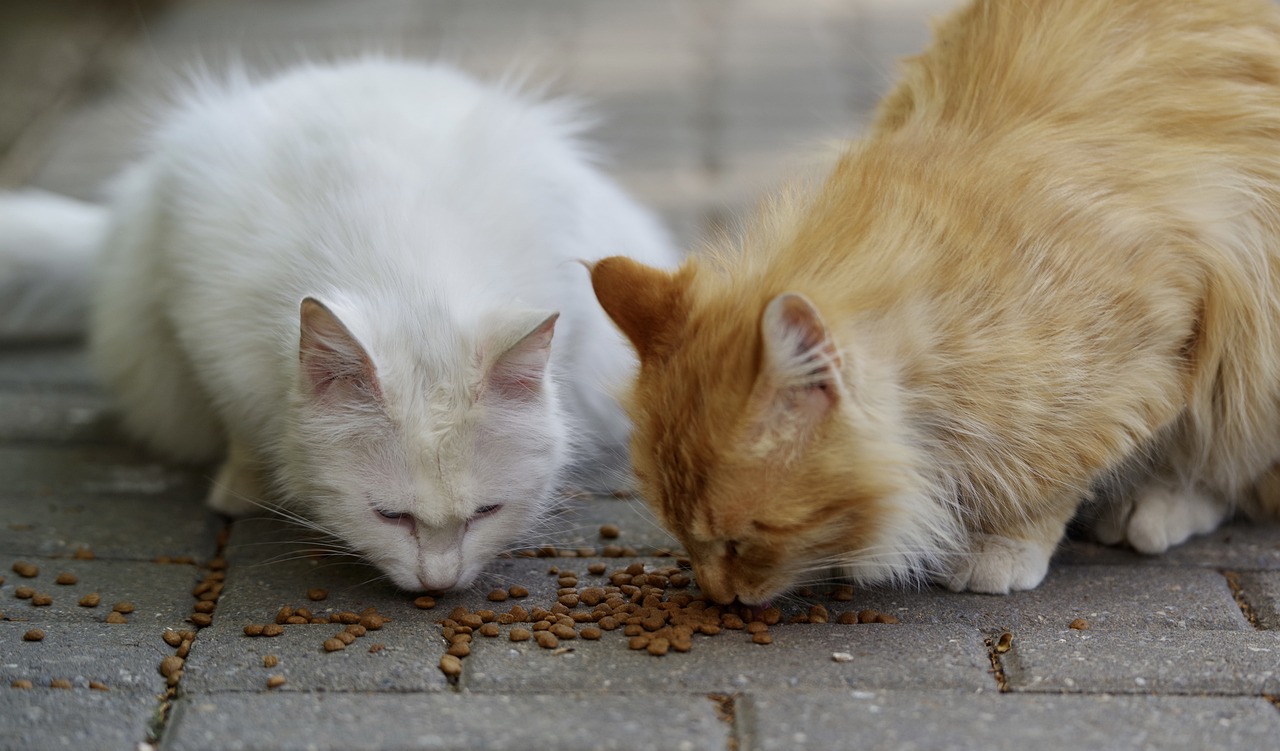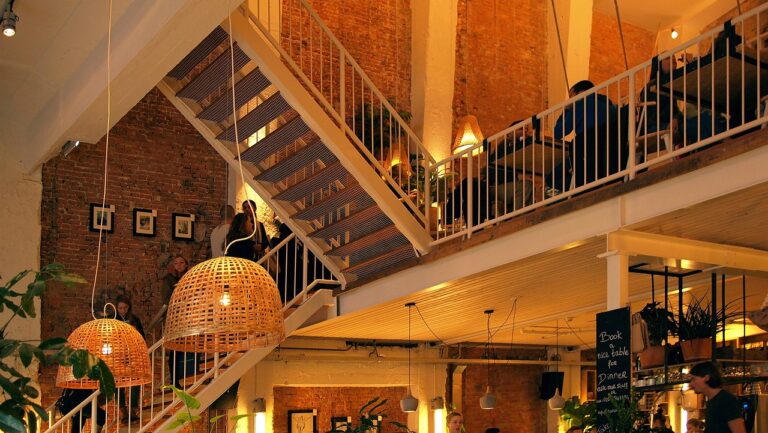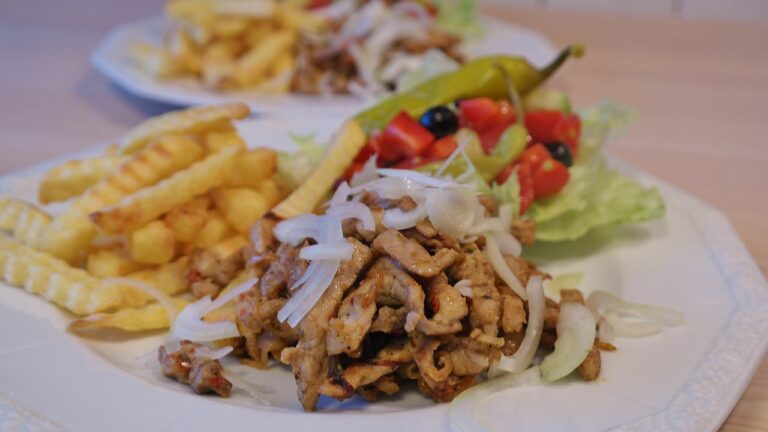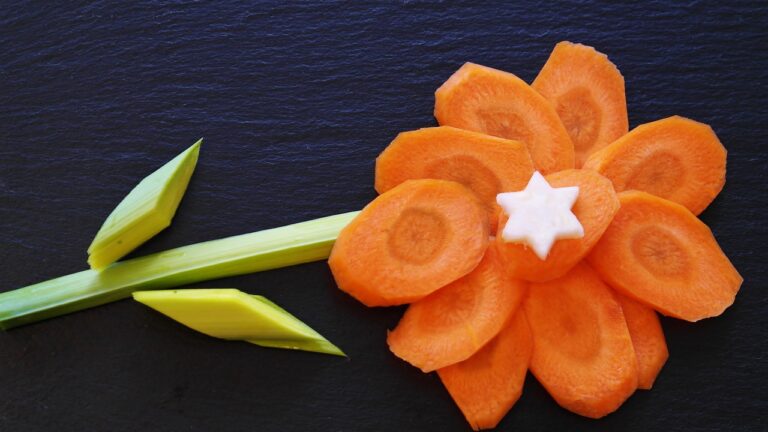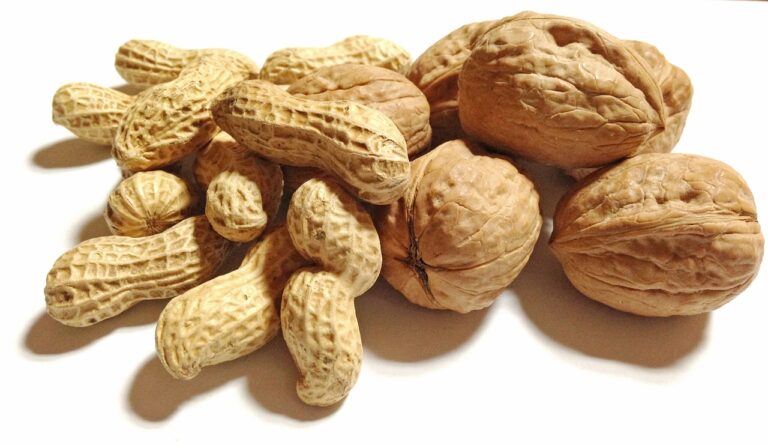The Art of Writing a Food Blog: Tips and Tricks
When delving into the world of creating content within a specific niche, research plays a pivotal role in understanding the landscape. The first step is to identify your target audience and their preferences. By analyzing trends and engaging with your audience through surveys or social media interactions, you gain invaluable insights into what type of content resonates with them. Furthermore, studying your competitors can provide a benchmark for the kind of content that performs well within your niche.
In addition to understanding your audience, it’s essential to conduct keyword research to optimize your content for search engines. By utilizing tools like Google Keyword Planner or SEMrush, you can discover relevant keywords that have high search volume and low competition. Incorporating these keywords strategically into your content can help increase visibility and attract organic traffic to your platform.
Creating Mouthwatering Recipes
Creating mouthwatering recipes is a delightful journey that requires a combination of creativity and precision. Experimenting with different ingredients, flavors, and techniques is key to developing dishes that not only taste amazing but also leave a lasting impression on your taste buds.
When crafting your recipes, consider the balance of flavors, textures, and colors to create visually appealing and delicious dishes. Don’t be afraid to think outside the box and add your own unique twist to traditional recipes to make them truly stand out. Remember, the secret ingredient in any mouthwatering recipe is a dash of passion and a sprinkle of love for the culinary arts.
Photographing Your Dishes
To showcase your culinary creations effectively, it is paramount to capture them through visually appealing photographs. Lighting plays a crucial role in food photography, as it can enhance or detract from the overall look of your dish. Natural light is usually the best choice for capturing the vibrant colors and textures of your food, so consider setting up your shoot near a window during the daytime for optimal results.
In addition to lighting, composition is another key element in food photography. Arrange your dish thoughtfully on a simple, clean background to draw focus to the main subject. Experiment with different angles and perspectives to find the most flattering way to present your dish to your audience. Remember, while it’s important for your food to look appetizing, authenticity is also key in capturing the true essence of your culinary creations.

